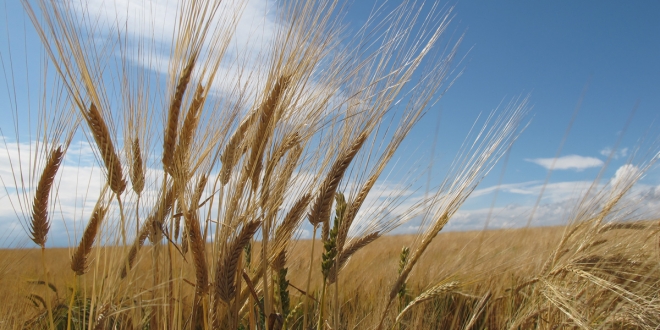After ten years of research, the collected DNA sequence of barley is now mapped. It means that a better refinement of crops with larger harvests is now possible.
Text: Tindra Englund – Translation: Rebecka McKinnon Forsell
Mats Hansson, professor of molecular plant science at the Faculty of Science at Lund University has since 2012 been a part of the charting of the “genome” of barley, i.e. its collected gene pool.
74 different scientists in total have been working on the project that has taken ten years to complete. Mats Hansson is proud of the team for finally having succeeded.
“Of course, it is a very cool feeling. It is an important milestone and all the future work will be based on this,” says Mats Hansson.
According to him, the research results change the conditions for crop refinement around the world.
“It is like laying a puzzle with 5,000 pieces. And now this 5,000-piece puzzle is completed and you have taken a picture of it and made the lid for the puzzle box. And it is always much easier to lay a puzzle if you have the picture on the lid,” says Mats Hansson.
The results mean that it will be easier and take less time to find plants with the right qualities for different climates, soil conditions, and levels of downpour. Other qualities that will be easier to find and refine are plants that are better at resisting vermin, mold and fungus.
“Now there is a puzzle box lid for everyone to look at and every time you need to make a new DNA sequence of barley, in refinement purposes or in research purposes, you could look at the lid to find out where the pieces go and you can put them in the right place from the beginning,” says Mats Hansson.
The charting of the collected gene pool of barley will make it easier to get larger harvests in places where it is difficult to grow crops. This, in turn, contributes to a more rigid food supply for a lot of people.
“The next step is to try to figure out what all the genes in the gene pool do, what function the individual puzzle pieces has,” says Mats Hansson.
The results are published in an article in the scientific journal Nature.






